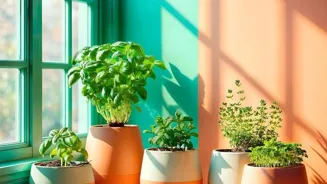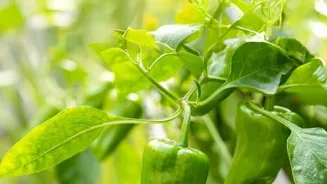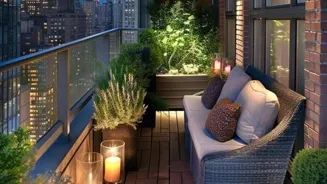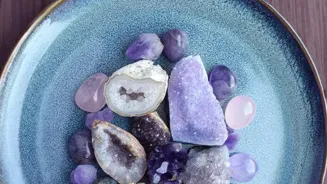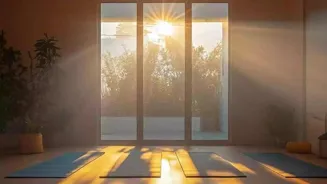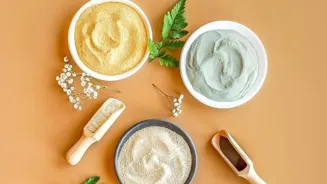Discover 5 Effective Strategies for a Thriving Indoor Garden! Tips to bring nature into your home oasis
In the bustling Indian landscape, where urban life often separates us from the tranquility of nature,
creating an indoor garden can be a refreshing and rewarding experience.
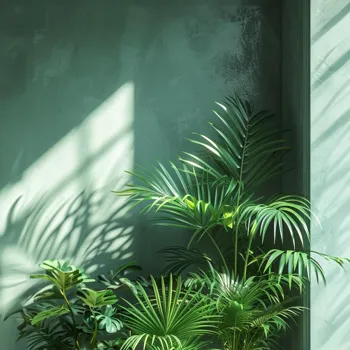
Not only does it add a touch of greenery to our living spaces, but it also Purifies the air, reduces stress, and enhances our overall well-being. However, successfully cultivating an indoor garden requires more than just placing a few pots by the window.
It involves understanding the specific needs of your plants and implementing effective strategies to ensure their growth and vitality. Here are five strategies to help you create a thriving indoor garden that will bring nature inside your home:
Assess Your Space and Choose the Right Plants
Before you rush out to buy every attractive plant you see, take a moment to assess your indoor environment. Consider the amount of natural light your space receives, the humidity levels, and the available space.
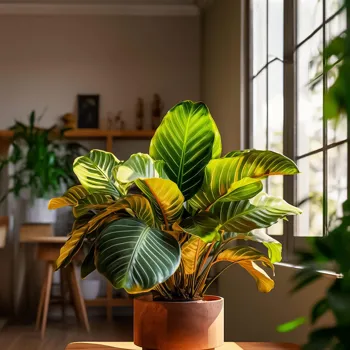
Different plants have different light requirements, so it's crucial to choose plants that will thrive in your specific conditions. For instance, if you have a sunny south-facing window, you can opt for sun-loving plants like succulents, cacti, or herbs like basil and rosemary.
In contrast, if you have a dimly lit corner, consider shade-tolerant plants like snake plants, ZZ plants, or peace lilies. These plants can tolerate low light conditions and still thrive indoors. Also, think about the size of your plants and how much space they will need as they grow.
Avoid overcrowding your plants, as this can lead to poor air circulation and increased risk of pests and diseases. Start with a few easy-to-care-for plants and gradually expand your collection as you gain experience. Some beginner-friendly options include pothos, spider plants, and lucky bamboo.
Selecting the right plants is the foundation of a successful indoor garden. Observe the light conditions in different areas of your home throughout the day to determine which spots are best suited for different types of plants.
Pay attention to the humidity levels as well, especially during the drier months. If your home tends to be dry, you may need to increase humidity around your plants by using a humidifier, grouping plants together, or placing them on trays filled with water and pebbles.
Consider the size and growth habits of the plants you choose. Some plants can grow quite large, so make sure you have enough space for them to thrive. Choose plants that are appropriate for your skill level.
Start with easy-to-care-for plants and gradually expand your collection as you gain experience. By carefully considering these factors, you can create an indoor garden that is both beautiful and sustainable. Remember, research is key.
Before you purchase a plant, learn about its specific needs and care requirements. This will help you provide the best possible environment for your plants to thrive.
Provide Adequate Light
Light is essential for plant growth, and without enough of it, your indoor garden will struggle to flourish. While natural light is ideal, it's not always readily available, especially in apartments or homes with limited windows.
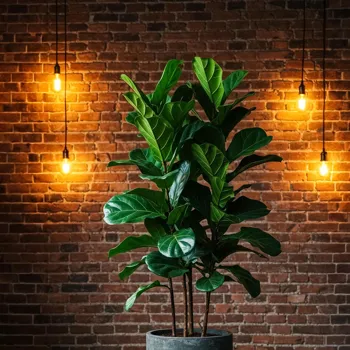
In such cases, you can supplement natural light with artificial grow lights. Grow lights come in various types, including LED, fluorescent, and incandescent, each with its own advantages and disadvantages.
LED grow lights are energy-efficient and long-lasting, making them a popular choice for indoor gardeners. Fluorescent grow lights are also a good option, providing a broader spectrum of light than incandescent bulbs.
When using grow lights, it's important to position them correctly and provide the right amount of light for your plants. Generally, plants need 12-16 hours of light per day. You can use a timer to automate the process and ensure that your plants receive consistent light.
If you're using natural light, rotate your plants regularly to ensure that all sides receive adequate exposure. This will prevent them from leaning towards the light source and becoming leggy.
Observe your plants closely for signs of light deficiency, such as pale leaves, stunted growth, or elongated stems. If you notice these symptoms, adjust the amount of light accordingly. Proper lighting is crucial for photosynthesis, the process by which plants convert light energy into food.
Without enough light, plants will not be able to produce the energy they need to grow and thrive.
Therefore, investing in good-quality grow lights can be a worthwhile investment, especially if you have limited natural light.
Experiment with different types of grow lights to find the ones that work best for your plants and your budget. Consider the distance between the grow lights and your plants. Too much light can burn the leaves, while too little light will not provide enough energy for growth.
Adjust the distance as needed to ensure that your plants are receiving the optimal amount of light. Don't forget to clean your grow lights regularly to remove dust and debris. This will help them shine brightly and provide the maximum amount of light to your plants.
Watch videos and do your own researches to understand plants better.
Water Wisely
Watering is arguably the most crucial aspect of plant care, and overwatering is a common mistake that can lead to root rot and plant death. To avoid overwatering, allow the soil to dry out slightly between waterings. Stick your finger into the soil to a depth of about an inch.
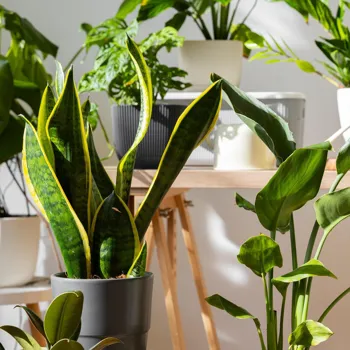
If the soil feels dry, it's time to water. If it feels moist, wait a day or two and check again. When you do water your plants, water thoroughly until the water drains out of the bottom of the pot. This ensures that the entire root system is moistened.
Be sure to empty the saucer beneath the pot to prevent the plant from sitting in water, which can lead to root rot. Also, consider the type of pot you are using. Terracotta pots are porous and allow the soil to dry out more quickly than plastic pots.
Therefore, plants in terracotta pots may need to be watered more frequently. Overwatering can suffocate the roots, preventing them from absorbing nutrients and water. This can lead to yellowing leaves, wilting, and eventually plant death.
Underwatering, on the other hand, can cause the leaves to become dry and brittle.
The frequency of watering will depend on several factors, including the type of plant, the size of the pot, the temperature, and the humidity. Adjust your watering schedule accordingly.
During the warmer months, plants will typically need to be watered more frequently than during the cooler months. It is always better to underwater than overwater your plants. If you are unsure whether or not to water, err on the side of caution and wait a day or two.
Use a watering can with a long spout to reach the soil without wetting the leaves. Wet leaves can be susceptible to fungal diseases. Consider using rainwater or filtered water instead of tap water, as tap water can contain chlorine and other chemicals that can harm plants.
Provide Adequate Nutrients
Just like humans, plants need essential nutrients to grow and thrive. The soil in your pots will eventually become depleted of nutrients, so it's important to fertilize your plants regularly.
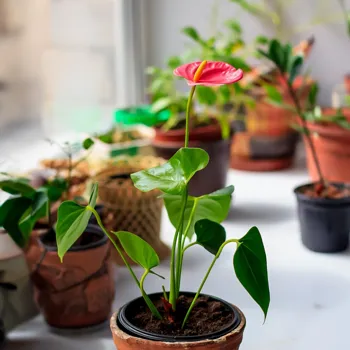
There are different types of fertilizers available, including liquid fertilizers, granular fertilizers, and slow-release fertilizers. Liquid fertilizers are easy to use and provide plants with a quick boost of nutrients.
Granular fertilizers are applied to the soil and release nutrients slowly over time. Slow-release fertilizers are also a good option, providing a consistent supply of nutrients for several months. When choosing a fertilizer, look for one that is specifically formulated for indoor plants.
Follow the instructions on the label carefully and avoid over-fertilizing, as this can damage the roots. During the growing season (spring and summer), fertilize your plants every 2-4 weeks. During the dormant season (fall and winter), reduce the frequency of fertilization or stop altogether.
Some plants are heavy feeders and require more frequent fertilization than others. Research the specific nutrient needs of your plants and adjust your fertilization schedule accordingly.
A balanced fertilizer will contain nitrogen (N), phosphorus (P), and potassium (K), as well as other micronutrients.
Nitrogen promotes leafy growth, phosphorus promotes root development, and potassium promotes flowering and fruiting.
Organic fertilizers, such as compost tea and worm castings, are a good option for indoor gardeners who want to avoid synthetic chemicals. These fertilizers provide plants with a slow-release source of nutrients and also help to improve the soil structure.
Consider using a soil testing kit to determine the nutrient levels in your soil. This will help you choose the right fertilizer and avoid over- or under-fertilizing your plants.
Maintain Proper Humidity and Air Circulation
Indoor air can be dry, especially during the winter months when the heat is on. Low humidity can cause the leaves of your plants to become dry and brittle. To increase humidity around your plants, you can use a humidifier, group plants together, or place them on trays filled with water and pebbles.
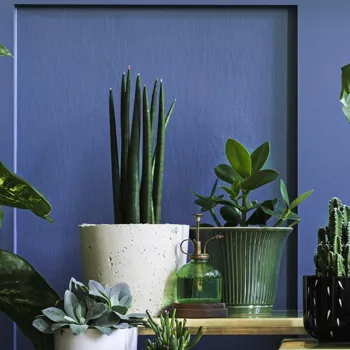
The water will evaporate and create a more humid environment around the plants. Grouping plants together also helps to create a microclimate with higher humidity. In addition to humidity, good air circulation is essential for preventing fungal diseases.
Stagnant air can create a breeding ground for mold and mildew. Open windows regularly to allow fresh air to circulate through your home. You can also use a fan to improve air circulation, but be careful not to place the fan directly on your plants, as this can dry them out.
Regularly inspect your plants for signs of pests and diseases. Catching problems early can prevent them from spreading and causing serious damage. Wipe the leaves of your plants regularly with a damp cloth to remove dust and debris. Dust can block sunlight and reduce photosynthesis.
Prune your plants regularly to remove dead or dying leaves and stems. This will improve air circulation and encourage new growth.
Consider placing your plants near a window or door that you open regularly. This will provide them with fresh air and natural light.
However, be careful not to expose your plants to drafts, which can dry them out. Certain plants, such as orchids and ferns, require higher humidity levels than others. If you are growing these types of plants, you may need to take extra measures to increase humidity.
A hygrometer can help you monitor the humidity levels in your home. Aim for a humidity level of around 40-60% for most indoor plants. By maintaining proper humidity and air circulation, you can create a healthy and thriving environment for your indoor garden.
Remember, patience is key when it comes to gardening. Don't get discouraged if your plants don't thrive immediately. With consistent care and attention, you can create a beautiful and rewarding indoor garden that will bring nature inside your home.
